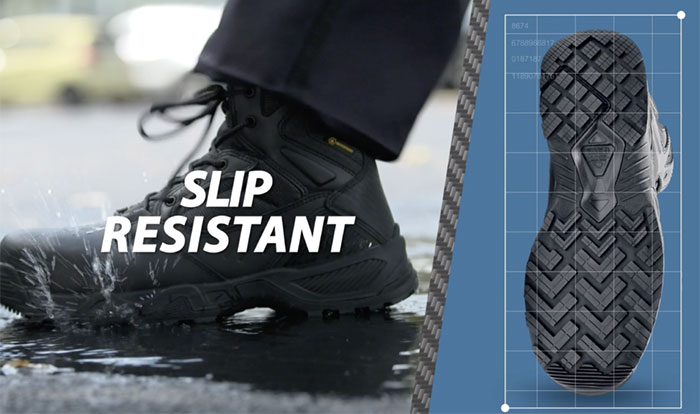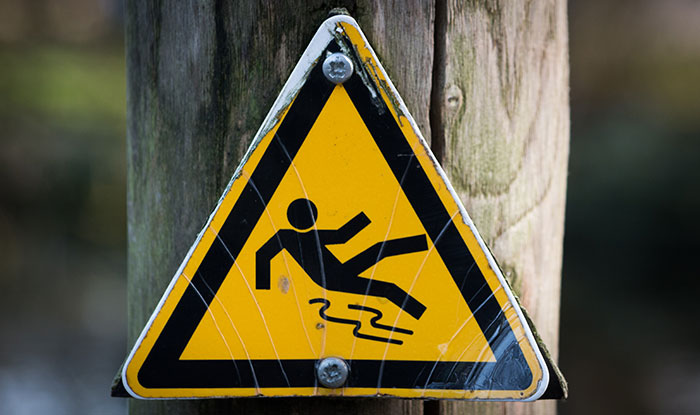For more than half a century, the Small Business Administration has recognized the invaluable contributions of small businesses to our economy through this special week celebrating American ingenuity and entrepreneurship, and the President of the United States has issued a proclamation to mark the occasion.
More than half of Americans either own or work for a small business, and they create about two out of every three new jobs in the U.S. each year[i].
Protecting Profits
Small businesses need to pay careful attention to the bottom line. Every expense could make the difference between profit and loss. Just as many employees survive paycheck to paycheck, many small businesses live payroll to payroll. One unexpected and unplanned large expense could put your business in jeopardy.
One of the chief risks to small business profitability is workplace accident and injury. Owners should make employee and workplace safety a priority by taking steps to safeguard their business.
Making Safety a Priority
The Hartford’s 2015 Small Business Success study found that just 29% of small business owners are concerned about their employees sustaining injuries at work, even though workplace accidents happen every day. A five-year analysis of Hartford’s claims data found that there is a 50% chance a small business will experience a claim within the next 10 years[ii]. Can small business owners afford to ignore that probability?
The direct and indirect costs of slip and fall injuries, from workers’ comp claims to lost workdays and productivity, rising insurance premiums and even litigation and lawsuits, can have a severe effect on your profitability. One life-changing employee injury could even put you out of business.
Creating a safety culture in your place of business is a way to help keep employees safe and motivated. Providing the tools necessary for them to do their jobs safely is a valuable benefit to your staff and shows them you care about their well-being.
At the same time, ensuring the safety of your staff is safeguarding your business and preserving your bottom line.
Preventing Slip and Fall Accidents
What are you doing to help prevent slip and fall accidents in your workplace? Is it a part of your overall safety plan?
Workplace accidents can happen anywhere, even in an office environment, and slips and falls consistently appear near the top the list in recordable incidents (aka workplace accidents and injuries).
According to the National Safety Council’s Injury Facts, direct and indirect costs associated with employee slip and fall accidents is approximately $70 billion annually[iii]. What kind of liability could your small business withstand?
The good news is that preventative measures including slip-resistant safety footwear tremendously reduce the occurrence of slip and fall accidents.
Starting a Safety Footwear Program
Implementing a slip-resistant footwear program for your employees is proven to reduce risk, but who has time for that?
Most small businesses do not employ a safety manager, risk director, asset manager or even a human resources director—an owner often wears many hats.
Starting a program for your employees is easier than you think. Small businesses can enjoy discounts on slip-resistant safety footwear–whether the footwear is 100% company-paid, partially subsidized or purchased through a payroll-based plan in which employees pay for the footwear themselves through easy deductions.


